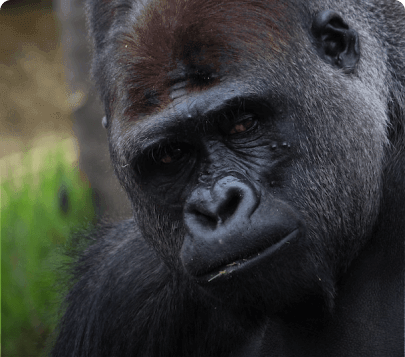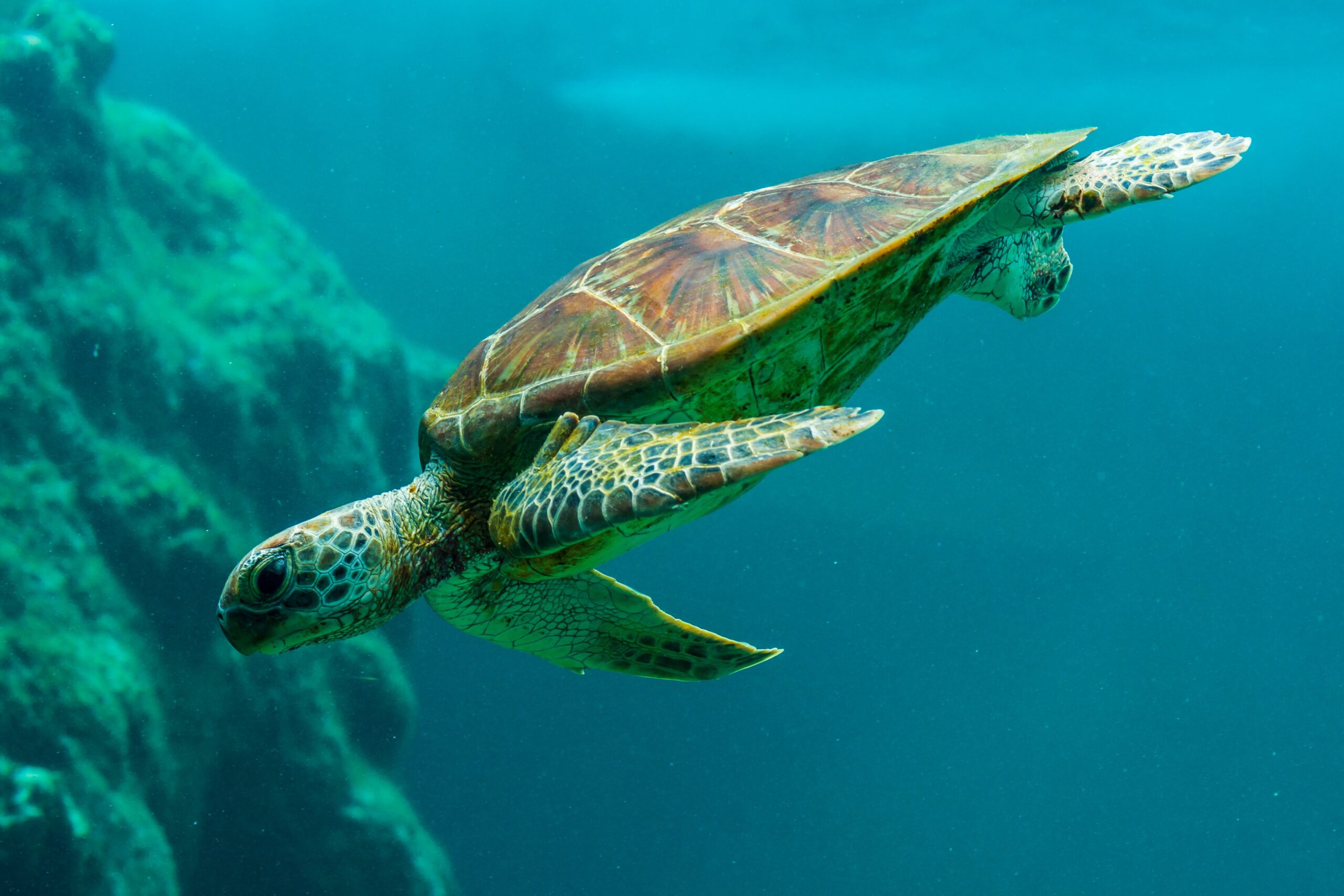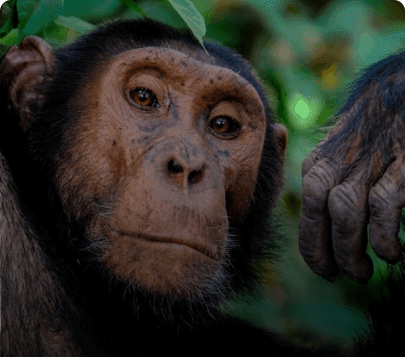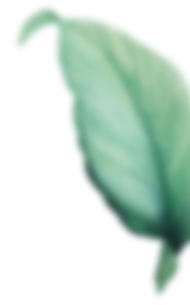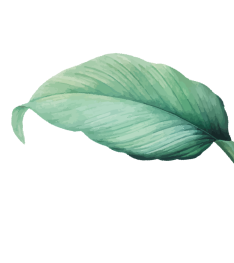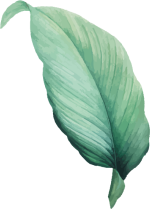
Objetivo del proyecto
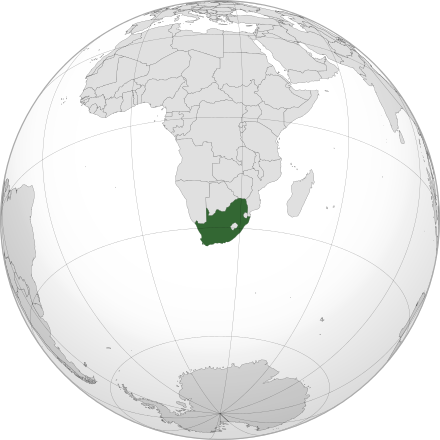
Localización del proyecto:
Parque Nacional Kruger. Sudáfrica
Especie objetivo
Buffaloes (Syncerus caffer) & Lions (Panthera leo)
Tendencia de la población:
Disminución
The project focuses on addressing the concerning infection situation of T tuberculosis, specifically Mycobacterium Bovis, which significantly impacts the buffalo and lion populations within the Kruger National Park. This disease presently infects 60% of buffalos and 25% of lions.
¿Cuál es el contexto del proyecto?
The collaboration between leading universities in the United States and South Africa underscores the scientific depth of the project. Through a combination of fieldwork and laboratory analysis, the initiative aims to implement innovative strategies, notably flow cytometry, to accurately diagnose and control the spread of tuberculosis, a disease currently threatening the health and conservation of the lion and buffalo populations in Kruger National Park.
The current lion population in Kruger National Park is estimated at 1,500. A tuberculosis infection rate of 20% means that over 300 lions are severely health-compromised.
This project operates within an ecosystem context, directly impacting the conservation of hundreds of wild lions and recognising the interdependence between wildlife health, human health, and ecological stability. Beyond immediate disease management, the project aims to safeguard the broader ecosystem’s balance and the sustainability of these iconic species. The scientific effort focuses on addressing the current infection rates, establishing a foundation for future disease management strategies, and preserving the park’s biodiversity.
Acciones de campo:
- Muestreo de sangre de búfalo y león: Personal de campo capacitado recolectará muestras de sangre de poblaciones de búfalos y leones dentro del Parque Nacional Kruger.
- Supervisión de la salud: The health status of these populations will be monitored on an ongoing basis to track the prevalence and spread of Mycobacterium bovis.
- Identificación del líder del rebaño: Identifying and tracking herd leaders among buffalo populations for more targeted health assessments and interventions.
Procedimientos de laboratorio:
- Análisis de laboratorio: Analistas de laboratorio capacitados procesarán las muestras de sangre recolectadas utilizando técnicas avanzadas, incluido el citómetro de flujo de presión arterial.
- Análisis citométrico: Implementar citometrías de flujo para analizar e identificar marcadores específicos relacionados con la infección por Mycobacterium Bovis dentro de las muestras de sangre.
- Interpretación de datos: Analizar e interpretar los datos citométricos para diagnosticar los niveles de infección con precisión y exactitud.
La colaboración entre el trabajo de campo y el análisis de laboratorio es crucial para recopilar datos completos que permitan una comprensión más profunda de la prevalencia de la enfermedad y su impacto en estas poblaciones de vida salvaje.
Estado del impacto futuro del proyecto y logros actuales
El Parque Nacional Kruger (Sudáfrica) ha dado un primer paso hacia el desarrollo de la capacidad de citometría de flujo en la investigación de campo sobre la vida salvaje.
Las enfermedades infecciosas y zoonóticas emergentes son una amenaza directa para la salud mundial y requieren un enfoque de One Health para el manejo y control de enfermedades en humanos, animales domésticos y fauna salvaje.
Kruger National Park is the largest national park in South Africa and features world-class research infrastructure through its Veterinary Wildlife Services (VWS). African buffalo are a major natural reservoir of tuberculosis, helminth infections, and ancient diseases affecting endangered wildlife, cattle, and humans. Regulations to control the spread of zoonotic diseases, especially in bovines, drastically limit the transfer of samples outside national parks, requiring on-site research infrastructure.
The International Society for Advancement of Cytometry (ISAC) Instruments for Science (I4S) task force, headed by Dr Fabiola Quesada, facilitated the donation of a flow cytometer from BD Biosciences to the Wild Spirit Fund.
In October 2023, the instrument was installed at the VWS laboratory by Dr Elisa Nemes, member of the I4S task force and Associate Professor at the South African Tuberculosis Vaccine Initiative, University of Cape Town, South Africa. Thanks to in-kind contributions of critical reagents from Bio-Rad and The Scientific Group, Dr Nemes started optimising assays to address essential questions on tuberculosis and helminth pathogenesis in African buffalo, a project led by Prof. Vanessa Ezenwa, Yale University USA, in collaboration with VWS.
This project aims to develop immunomonitoring tools and immunodiagnostics that can distinguish different stages of tuberculosis infection and disease, with and without helminth co-infection. This would constitute a major advancement towards better control of tuberculosis in wildlife, livestock, and humans.
This is the first of many projects that will benefit from these donations and the building of flow cytometry capacity at the forefront of wildlife research.

